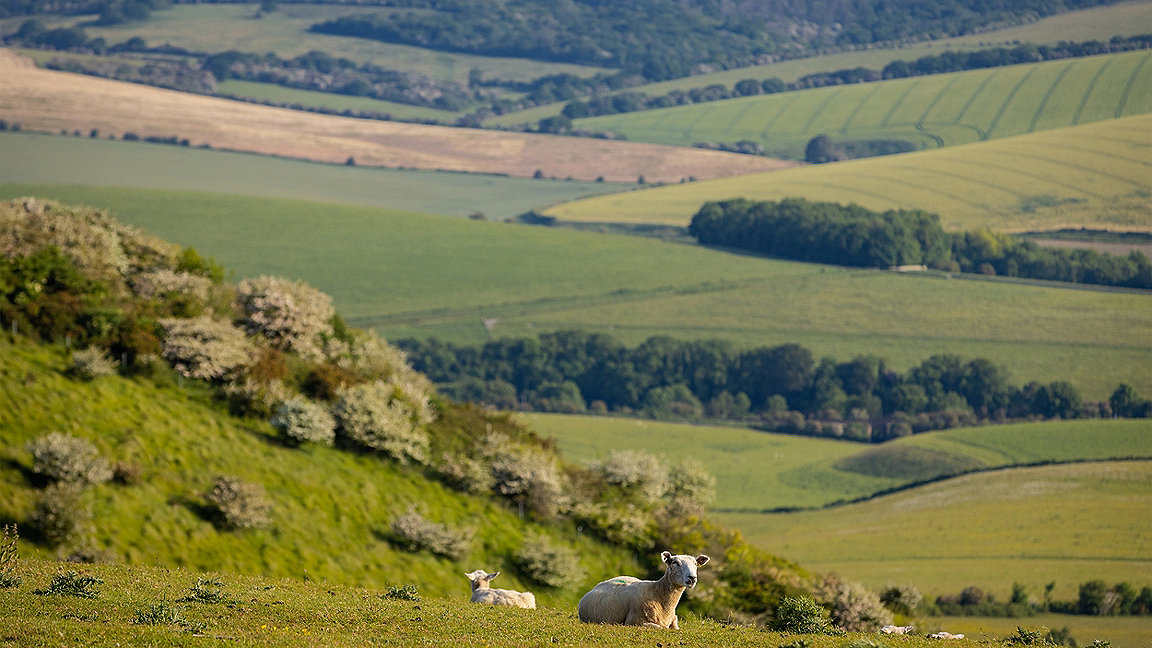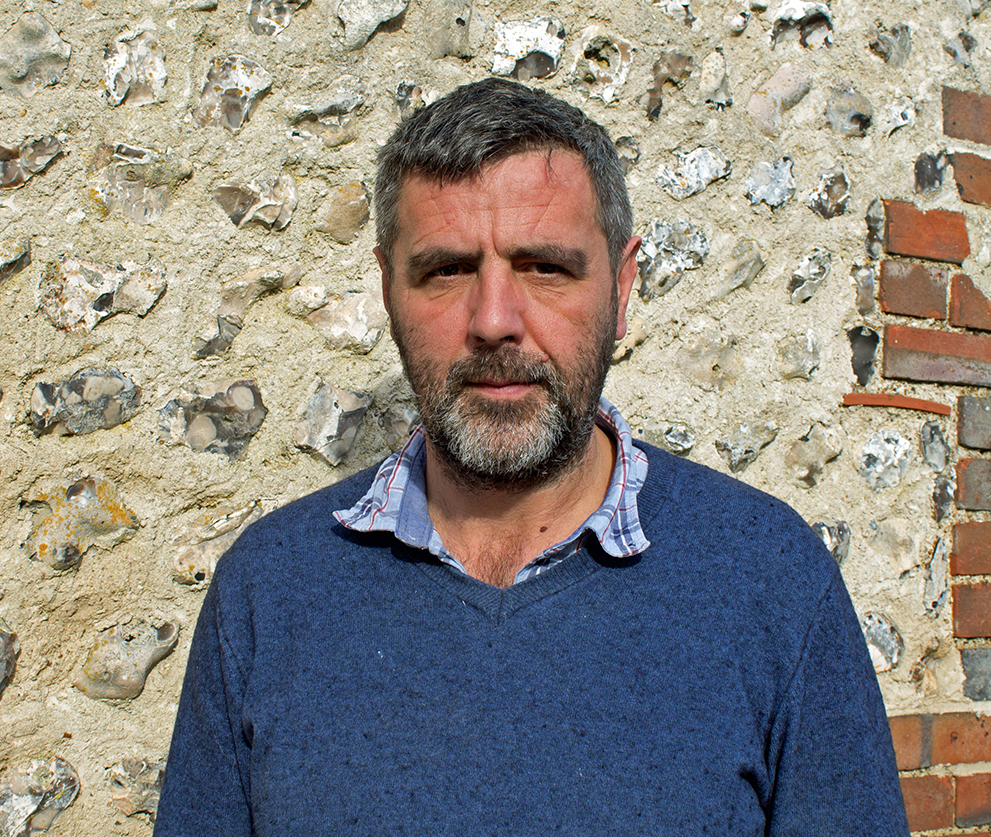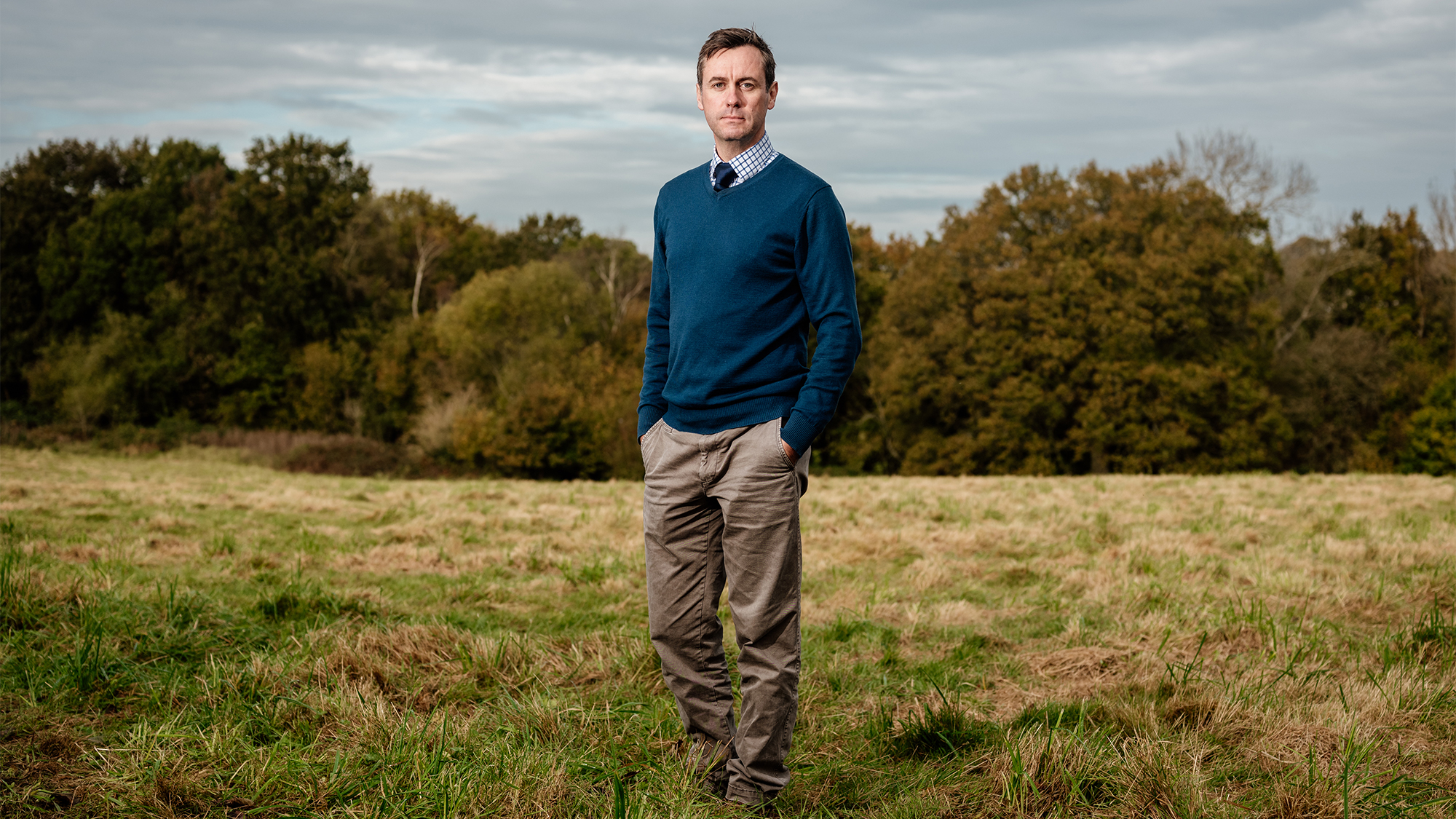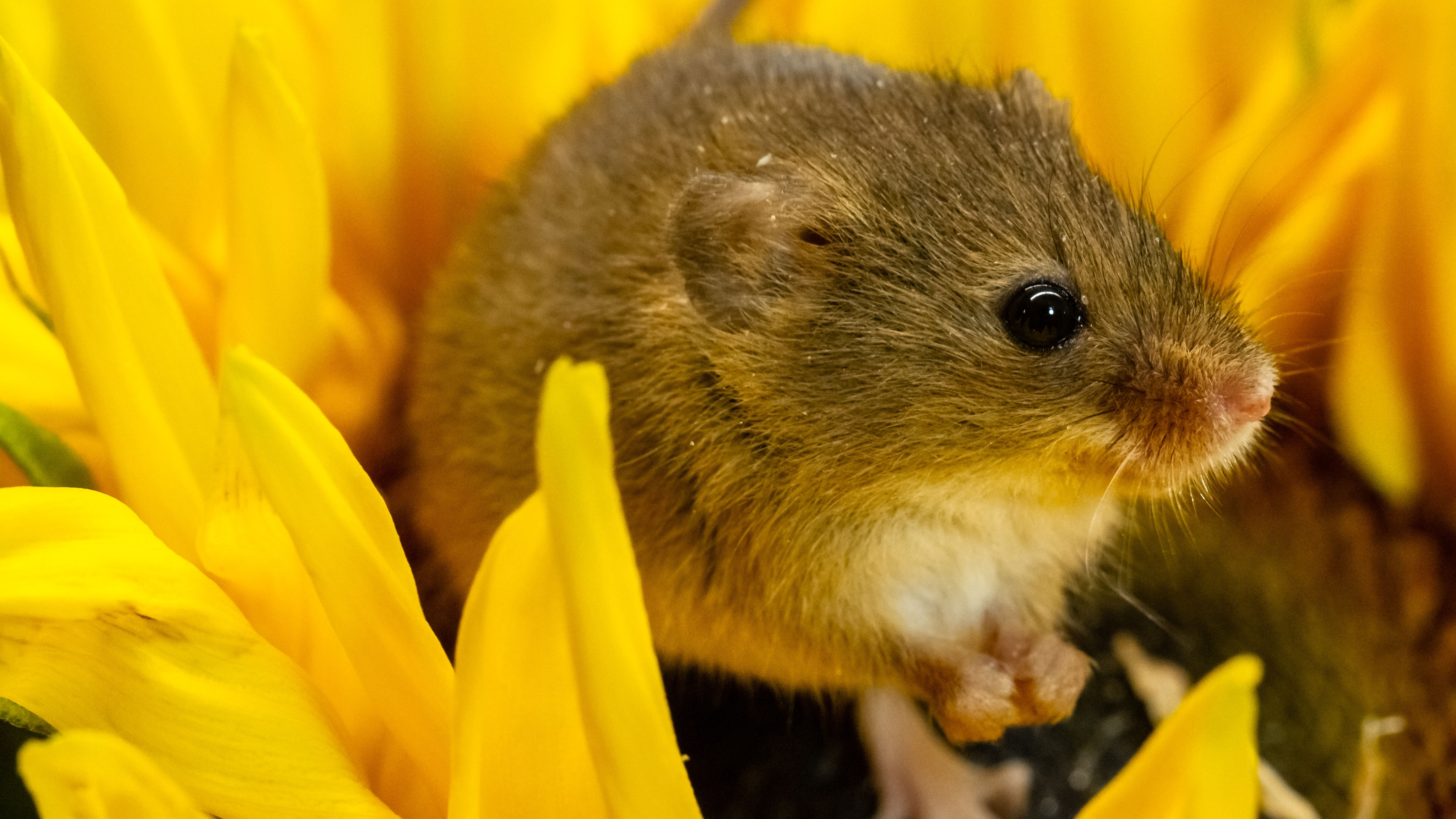
The agreement recently signed between the Iford Estate in East Sussex and the South Downs National Park Authority under section 106 of the Town and Country Planning Act 1990 dedicates 31ha for biodiversity net gain (BNG).
It's believed to be the first such agreement specifically reached to designate land for the purpose, making it market-ready ahead of the new mandatory BNG rules taking effect.
Estate manager Ben Taylor says this was the culmination of months of work and represents a key moment in the implementation of Iford's 30-year landscape-scale plan, which puts nature recovery at its heart and uses revenues raised by providing BNG to fund the necessary investment.
'In essence it obliges us to cease the current management of the land and to implement a set habitat management plan. It also counter-obliges the National Park to monitor that it is being correctly implemented.'
'Just defining all the terms, for example, was a challenge. The document effectively binds the land in perpetuity so we had to get absolutely everything right. It's been a complicated process – our legal costs alone have been about £40,000 – with a lot of to-ing and fro-ing between us and the SDNPA, which is also the Local Planning Authority.
'But this sets us on our way to our ambition of dedicating about 800ha of land to nature recovery, involving the generation of about 3,000 biodiversity units.'
The Iford Biodiversity Project came about thanks to the estate owners' desire to put the land to a more environmentally friendly use, help biodiversity and combat climate change. It's also a response to the falling returns available from mainstream agriculture, which Taylor describes as 'increasingly marginal'.
He says: 'Growing commodity crops puts you at the whim of increasingly volatile markets – and the balance of risk and reward is becoming more skewed against us. Factor in the decline in government support for agriculture and it means arable farming is becoming ever-more difficult and uncertain.
'BNG is a way of diversifying our revenues and reducing risk by giving us a guaranteed income stream – or possibly even an upfront payment.'
BNG market still presents uncertainties
There is, Taylor acknowledges, a risk to going down the BNG route because it's still an emerging market.
'The biggest risk is that we sell BNG units too early at too low a price. But we have to take a view and do it on a no-regrets basis,' he maintains.
'If it turns out that the price of BNG units goes up after we've sold some, provided that the numbers work for us on the day we do it, you live with it. It's not unlike selling wheat in that respect – it's fine as long as you cover your costs and make what you've decided to be an acceptable return.'
'In future, some may choose to go down the conservation covenant route to securing BNG,' he says. 'But such covenants don't currently exist, so a section 106 was our only option.
'When we budgeted we had to make a few assumptions about how HMRC would treat the BNG payments from a tax point of view, as there are as yet no precedents or clear guidance from government on this. We're assuming that we'll still be able to get the tax reliefs available to a trading agricultural business on BNG revenue. I think that's a reasonable assumption because environmental stewardship income has always been treated as an agricultural income.
'If this turns out not to be the case, it won't be a complete disaster, but it might alter how we price units in future, the rate we develop the project at, and ultimately the area of land we devote to providing BNG. Obviously we're committed to this first phase, though, because it's bound by the agreement.'
'DEFRA is hoping that the private market will supply the vast majority of BNG units. Developers needing to resort to the national bank of credits can expect to have to pay a minimum of £42,000 for each. There is also a spatial-multiplier element, which raises the price of credits that are further away from a development to encourage BNG provision on – or in the locality of – the development. This means the prices paid for credits could end up being twice the quoted indicative levels.'
'It's fine as long as you cover your costs and make what you've decided to be an acceptable return '
In July 2023, the government published its indicative prices for statutory biodiversity credits, which are intended to act as a last-resort option for developers if they can't use on- or off-site open-market units to provide BNG.
'DEFRA is hoping that the private market will supply the vast majority of BNG units,' says Taylor. 'Developers needing to resort to the national bank of credits can expect to have to pay a minimum of £42,000 for each. There is also a spatial-multiplier element, which raises the price of credits that are further away from a development to encourage BNG provision on – or in the locality of – the development. This means the prices paid for credits could end up being twice the quoted indicative levels.
'The credits were always designed to be higher than the market price because DEFRA wants to discourage their sale. It wants the local market to prosper.'
Taylor adds: 'We're quoting a range between £30,000 and £35,000 per unit for our open-market deals. We're also a national credits pipeline site, which means we could also receive revenue through the government credit scheme which will see Natural England invest money raised from credit sales into strategic habitat creation and enhancement.'

Ben Taylor, estate manager, Iford Estate
Project envisages interconnected habitats
While such figures may at first glance seem more appealing than current agricultural returns on lower-grade land, initiating a successful BNG project involves a vast amount of research and work, Taylor notes.
Key to this process at Iford is Anthony Weston, a director of the firm of farm and environment consultants, CLM. With his 25 years' experience creating and managing habitats, Weston has been instrumental in shaping the vision through a series of baseline surveys, studies, modelling exercises and habitat management plans.
He describes Iford as one of the biggest and best nature creation, enhancement and restoration projects in the country. 'Recent surveys show more than 1,300 species on the estate, many with conservation status,' he says. 'This includes 155 species of birds, of which 87 are of conservation concern.'
The vision involves creating floodplain grazing marsh to provide habitat for breeding and wintering waders; providing species-rich grassland for rare plants, insects and mammals; and tree-planting on parts of the farm to link with existing woodland in this more sparsely wooded section of the South Downs.
'Part of the attraction of Iford for BNG is how it fits in the wider landscape. It's in a National Park, in the Ouse Valley, and adjacent to a Site of Special Scientific Interest and National Nature Reserve land. It also contains large areas of "priority" habitats which are those deemed to be of principal importance for the conservation of biodiversity by the UK Biodiversity Group. It's well placed to link these, allowing aggregated gain.
'As such, it's part of a patchwork of natural and semi-natural habitats, rather than an island. We can create bigger, better and more joined-up habitats, in line with the principles set out in the Lawton Report which was an influential review of England's wildlife sites and the connections between them published in 2010.

Anthony Weston, a director of farm and environment consultants, CLM
'Part of the attraction of Iford for BNG is how it fits in the wider landscape. It's in a National Park, in the Ouse Valley, and adjacent to a Site of Special Scientific Interest and National Nature Reserve land. It also contains large areas of "priority" habitats which are those deemed to be of principal importance for the conservation of biodiversity by the UK Biodiversity Group. It's well placed to link these, allowing aggregated gain'
Principles may underpin other agreements
Meanwhile, Taylor is excited about having been involved in such a groundbreaking section 106 agreement, and reckons it could be used as a template for agreements elsewhere.
'This is a completely new type of contract. Other BNG section 106 agreements won't look exactly the same, as they need to be specific to the landowner and the local planning authority's wants and needs. Some of the principles will be the same, however, so this is a model that could be used elsewhere.
'We know where we are going strategically. We want to bring about habitat change on a large scale while continuing to produce food on the most agriculturally fertile land – and this is a piece in that jigsaw.
'There have been a lot of moving parts and variables, but as a farmer I'm used to that. Whether it's the weather or government policy, there are always a lot of unknowns in agriculture.'
Tim Relf is a journalist specialising in farming and countryside topics
Contact Tim: Email
Related competencies include: Land use and diversification, Management of the natural environment and landscape, Planning and development management

